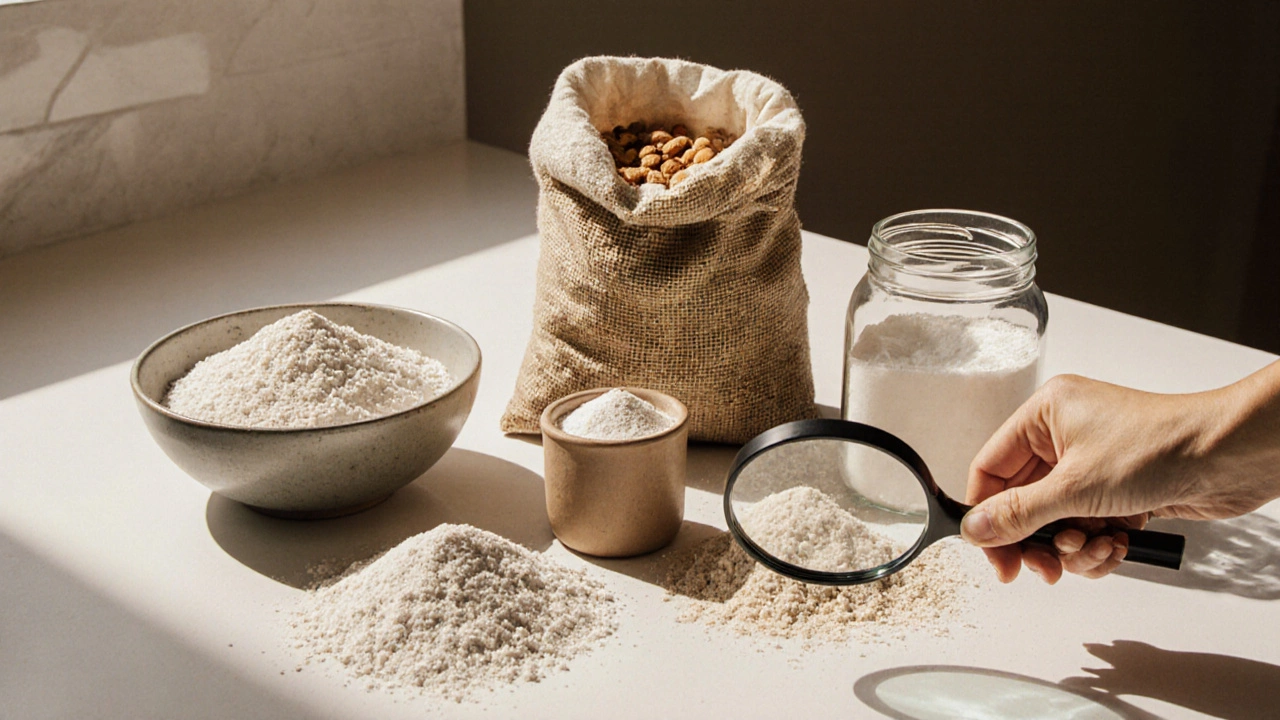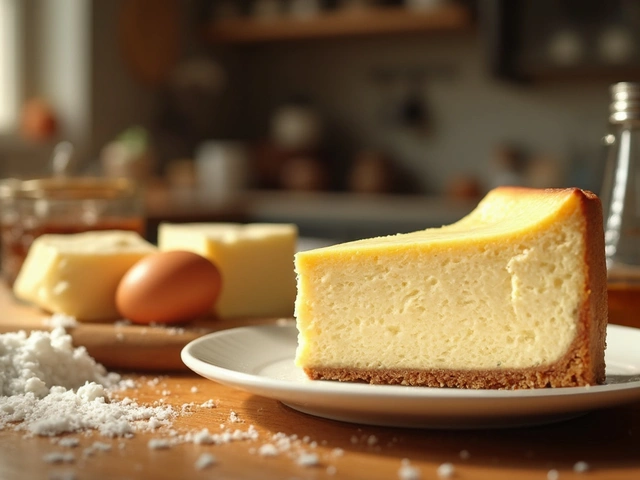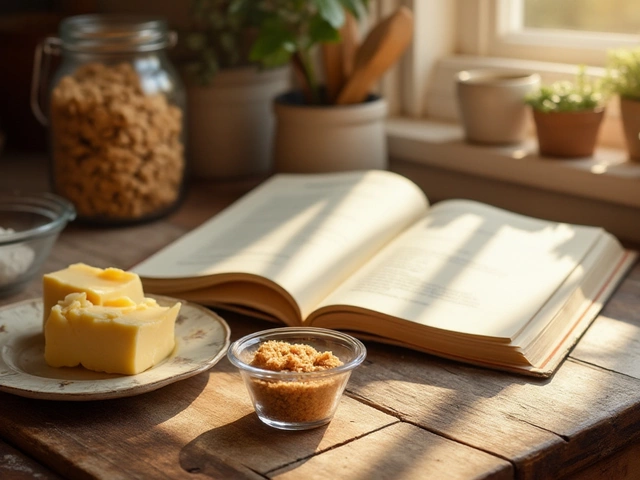Cake Flour – The Secret to Light, Tender Cakes
When working with Cake Flour, a finely milled, low‑protein wheat flour designed for tender cakes and delicate pastries. Also known as soft flour, it helps bakers achieve a fine crumb and delicate rise.
If you’ve ever wondered why cake flour makes cakes so soft, you’re in the right spot. The key difference lies in its protein level – roughly 7‑8% compared to 10‑12% in all‑purpose flour. Less protein means less Gluten, the network that can make baked goods tough. By limiting gluten formation, cake flour lets the batter expand freely, giving you the airy texture most bakers chase.
Why Gluten Matters in Cake Baking
Gluten is a protein complex that forms when water hits wheat flour. In breads, you want a strong gluten scaffold for chewiness. In cakes, however, that strength becomes a hindrance. Gluten development is what causes a dense crumb, so using a flour with low protein keeps the gluten strands short and weak, allowing the batter to set gently as it bakes. This is why swapping all‑purpose flour for cake flour often yields a noticeably lighter bite.
But gluten isn’t the only player. The right amount of leavening is essential to lift the batter before the gluten can tighten. Baking Powder provides that instant gas burst, and because cake flour absorbs liquids a bit differently, you usually need a touch more baking powder than you would with all‑purpose flour. The extra lift works hand‑in‑hand with the reduced gluten to create a lofty crumb.
Of course, flour is only one piece of a Cake Recipes puzzle. When you pair cake flour with the right sugar-to‑fat ratio, proper mixing technique, and careful temperature control, you set the stage for a professional‑grade result. For example, creaming butter and sugar fully incorporates air, which complements the gas from baking powder. Over‑mixing once the flour is added, however, can still develop unwanted gluten, even with cake flour.
Measuring cake flour accurately is a habit that pays off every time. Spoon the flour into a measuring cup and level it off; don’t tap the cup or sift before measuring, because that can pack the flour and give you a heavier batter. If you need to sift for a recipe, do it after you’ve measured – this keeps the weight consistent while still breaking up any clumps.
Substituting cake flour is easier than it looks. If you only have all‑purpose flour on hand, remove two tablespoons per cup and replace them with two tablespoons of cornstarch. The cornstarch dilutes the protein content, mimicking the low‑protein profile of cake flour. Just whisk the mixture a few times to ensure even distribution.
Storing cake flour properly extends its shelf life. Keep it in an airtight container in a cool, dark pantry, and avoid saving it near strong‑smelling spices. If you buy in bulk, a freezer‑safe zip bag works well; just let the flour come to room temperature before using it to avoid condensation.
All these details – protein level, gluten control, leavening balance, measurement tricks, and storage tips – come together to explain why cake flour consistently delivers that dreamy, melt‑in‑your‑mouth texture. Below you’ll find a curated set of articles that dive deeper into each of these aspects, from troubleshooting sunken gluten‑free cakes to mastering the perfect birthday cake batter. Explore the collection to sharpen your skills and turn every bake into a soft, fluffy success.

Best Gluten‑Free Flour for Cake Baking
Discover the top gluten‑free flours for cakes, learn how to blend them for perfect texture, and avoid common pitfalls with a handy cheat‑sheet.
View More




